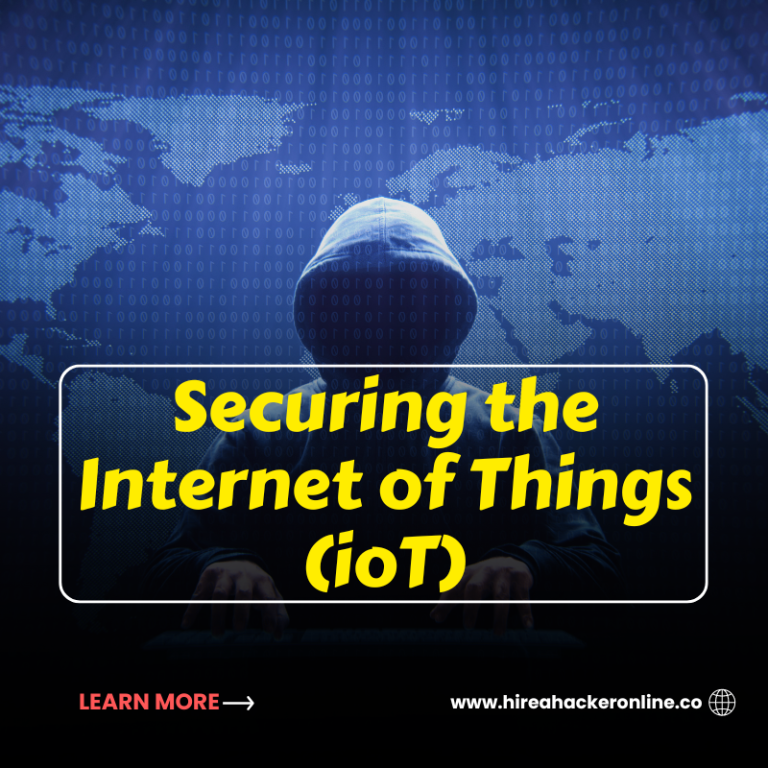The Internet of Things (IoT) has revolutionized the way we live and work, connecting countless devices to the digital world. However, this interconnectedness also presents significant security challenges. With a growing number of IoT devices deployed across various sectors, the potential for cyberattacks and data breaches is immense. To mitigate these risks, a multi-layered defense approach is essential.
Understanding the IoT Security Landscape
IoT devices, due to their resource constraints and often simplistic design, are particularly vulnerable to attacks. Common threats include unauthorized access, data breaches, denial-of-service (DoS) attacks, and malware infections. These vulnerabilities can have far-reaching consequences, from financial loss to physical harm.
Building a Strong Defense: A Multi-Layered Approach
A robust IoT security strategy requires a defense-in-depth approach, encompassing multiple layers of protection. Here’s a breakdown of key elements:
Device Security:
- Secure Boot: Ensure the device starts with trusted software.
- Firmware Updates: Regularly update firmware to patch vulnerabilities.
- Secure Communication: Employ encryption protocols like TLS/SSL to protect data transmission.
- Hardware Root of Trust: Establish a foundation of trust for the device’s identity and operations.
- Minimalist Design: Reduce attack surface by including only essential functionalities.
Network Security:
- Segmentation: Isolate IoT devices from critical networks to limit damage in case of a breach.
- Access Control: Implement strict access controls to restrict unauthorized access.
- Intrusion Detection and Prevention Systems (IDPS): Monitor network traffic for suspicious activities.
- Network Encryption: Encrypt data in transit to protect against eavesdropping.
Data Security:
- Data Minimization: Collect only necessary data to reduce the attack surface.
- Data Encryption: Encrypt data at rest and in transit to protect confidentiality.
- Access Controls: Restrict data access to authorized personnel.
- Regular Data Backups: Protect data from loss or corruption.
Identity and Access Management (IAM):
- Strong Authentication: Use multi-factor authentication (MFA) for enhanced security.
- Role-Based Access Control (RBAC): Grant privileges based on user roles.
- Regular Password Policies: Enforce strong password requirements and change policies.
- User Awareness Training: Educate users about security best practices.
Incident Response and Recovery:
- Incident Response Plan: Develop a comprehensive plan to address security incidents.
- Regular Testing: Conduct security drills to evaluate response capabilities.
- Continuous Monitoring: Monitor IoT devices and networks for anomalies.
- Rapid Containment: Isolate compromised devices to prevent further damage.
Additional Considerations
- Supply Chain Security: Ensure that hardware and software components are from trusted sources.
- Risk Assessment: Identify potential vulnerabilities and prioritize mitigation efforts.
- Compliance: Adhere to relevant industry standards and regulations.
- Emerging Technologies: Explore the use of technologies like blockchain, AI, and machine learning for advanced threat detection and response.
Conclusion
Securing IoT devices requires a holistic approach that addresses vulnerabilities at multiple levels. By implementing a multi-layered defense strategy, organizations can significantly reduce the risk of cyberattacks and protect sensitive data. As the IoT landscape continues to evolve, it is essential to stay updated on emerging threats and best practices to maintain a secure environment.
Remember: Security is an ongoing process, not a one-time event. Continuous monitoring, evaluation, and adaptation are crucial for safeguarding IoT systems.




